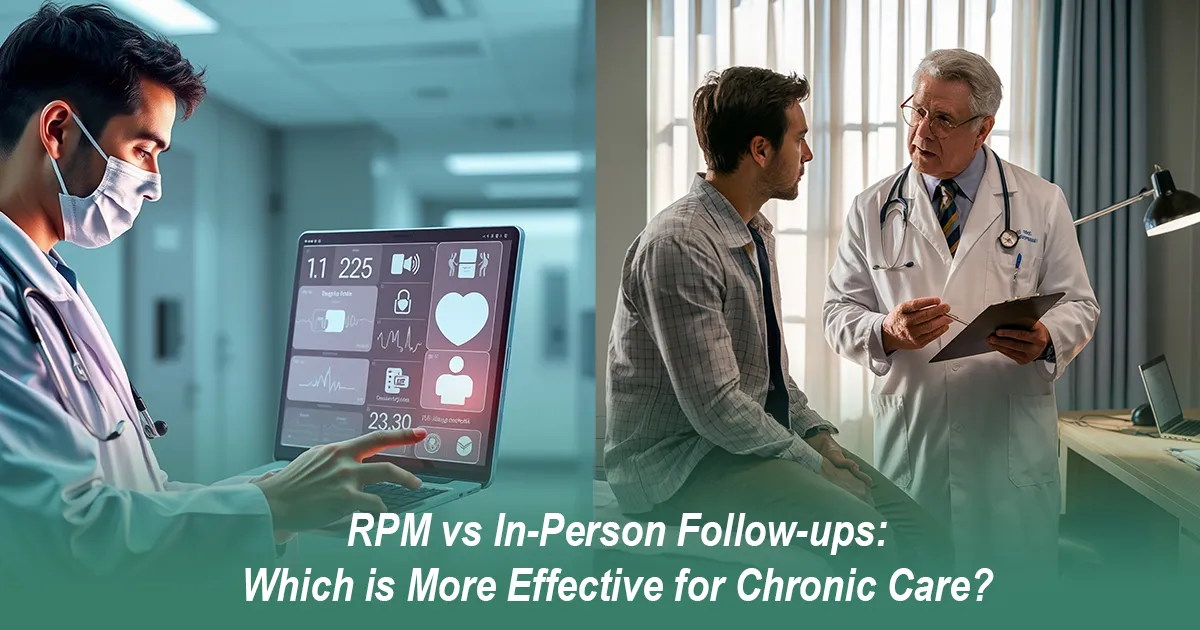
Posted By: Medsole RCM
Posted Date: Aug 18, 2025
Healthcare delivery is transforming rapidly. With the help of technology, the tracking of patient’s health has become easy, making remote patient monitoring (RPM) one of the most important services in recent years. At the same time, in-person follow-up visits remain a core part of traditional patient care. For providers, payers, and patients, the debate around RPM vs In-Person Follow-ups is growing as both play unique roles in care management and billing.
This blog by MedSole RCM breaks down the difference, focusing on the benefits of remote patient monitoring while also analyzing in-person follow-up visits effectiveness. By the end, providers will understand when to use each approach, how both models impact billing, and why a balance between them may be the future of healthcare.
Remote patient monitoring is an advance digital healthcare service by help of which, doctors can easily track patient health data. Devices like blood pressure monitors, glucose trackers, and wearable tools send patient data directly to providers. This data is reviewed, documented, and billed under specific CPT codes.
Regular tracking and monitoring, less hospital visits and improved patient engagement are the main benefits of remote patient monitoring.
In-person follow-up visits are physical consultations between the patient and the provider after an initial treatment, surgery, or diagnosis. These visits are important to check progress, adjust medications, or evaluate the results of treatment.
Let’s analyze how RPM vs In-Person Follow-ups differ across major aspects of patient care.
Even though RPM is growing, the in-person follow-up visits effectiveness cannot be ignored.
In many cases, in-person visits complement RPM, offering a full-circle approach to patient care.
Providers often ask: which is better, RPM vs In-Person Follow-ups? The answer depends on the patient’s condition.
For healthcare providers, the selection between RPM vs In-Person Follow-ups also affects billing workflows. At MedSole RCM, we assist healthcare providers to identify correct billing codes, preventing denials, and ensuring both RPM and in-person services are reimbursed properly. The healthcare model is moving toward hybrid care where both RPM vs In-Person Follow-ups work together. RPM results in regular and ongoing monitoring, while in-person visits provide deep check and assessments. Providers who adopt both can see better patient outcomes and stronger financial sustainability.
RPM uses technology to monitor patients remotely, while in-person visits include physical check-ups at the clinic.
Yes, Medicare covers RPM with specific CPT codes.
No, RPM complements but does not fully replace physical visits.
Providers bill monthly using CPT codes for setup, monitoring, and review time.
It all depends on the patient’s condition, varies from weeks to months.
For chronic conditions, RPM often provides better outcomes, But the in-person care remains necessary in some cases.
Yes, hybrid models are highly effective and widely encouraged.
Recent Blogs
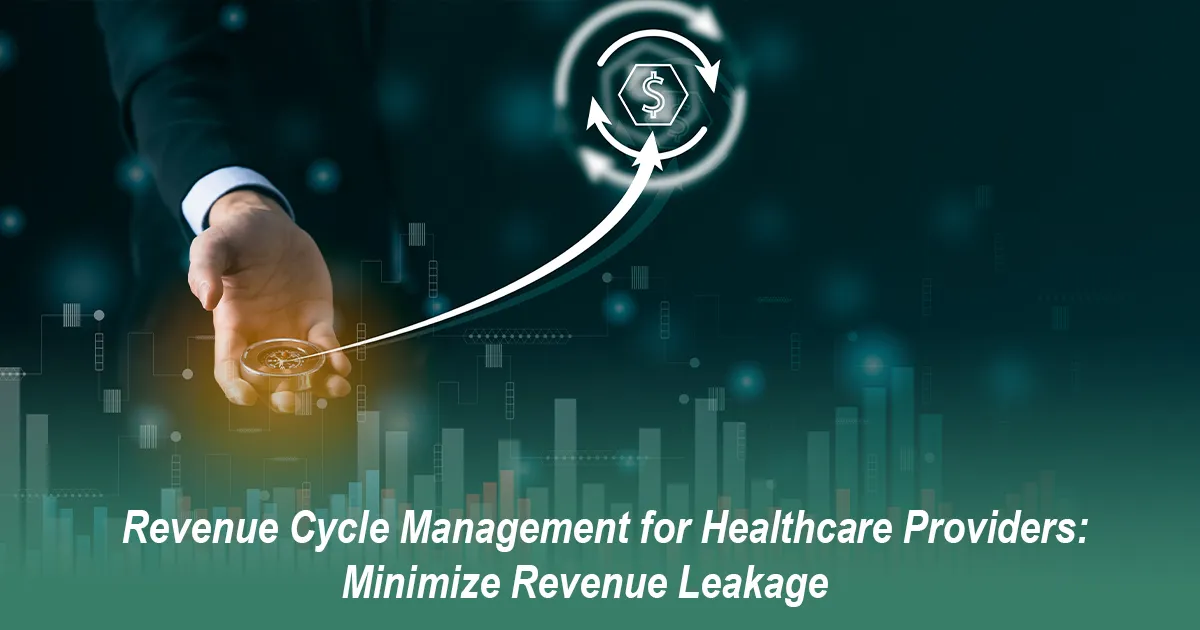
Posted Date: Jun 24, 2025
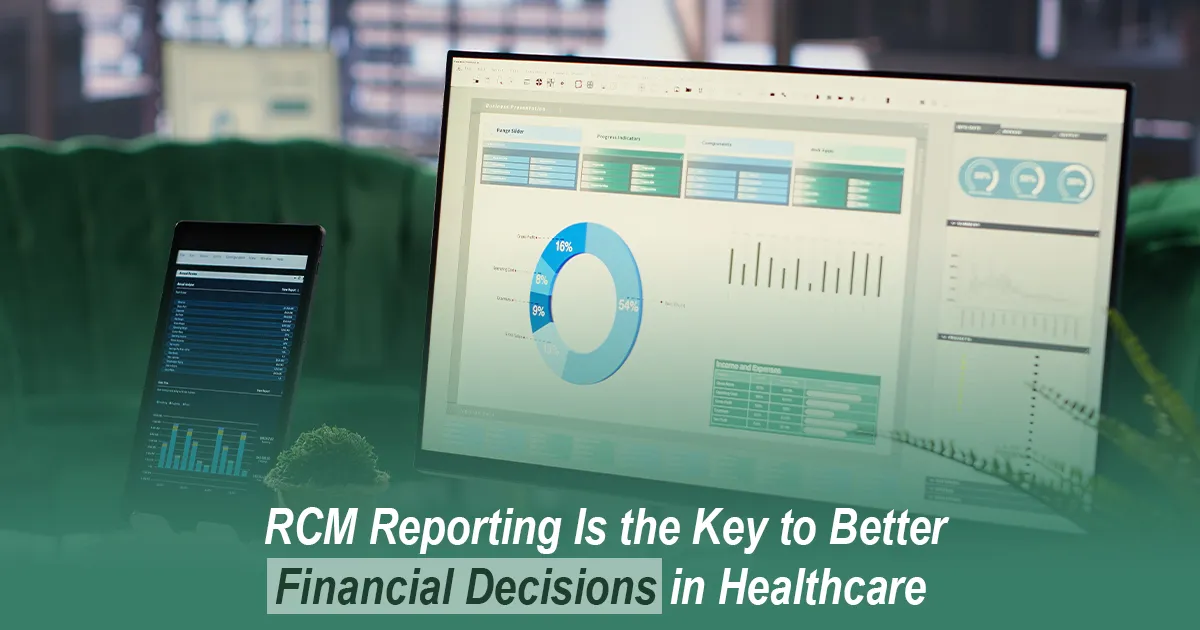
Posted Date: Jun 26, 2025

Posted Date: Jun 28, 2025
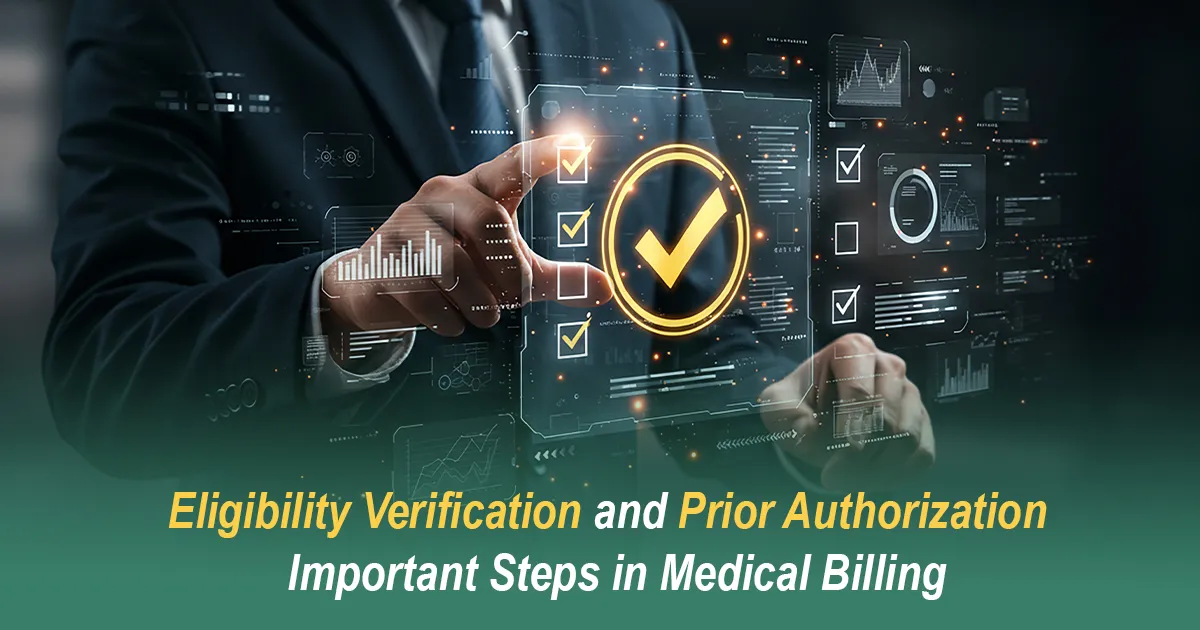
Posted Date: Jun 30, 2025

Posted Date: Jul 02, 2025
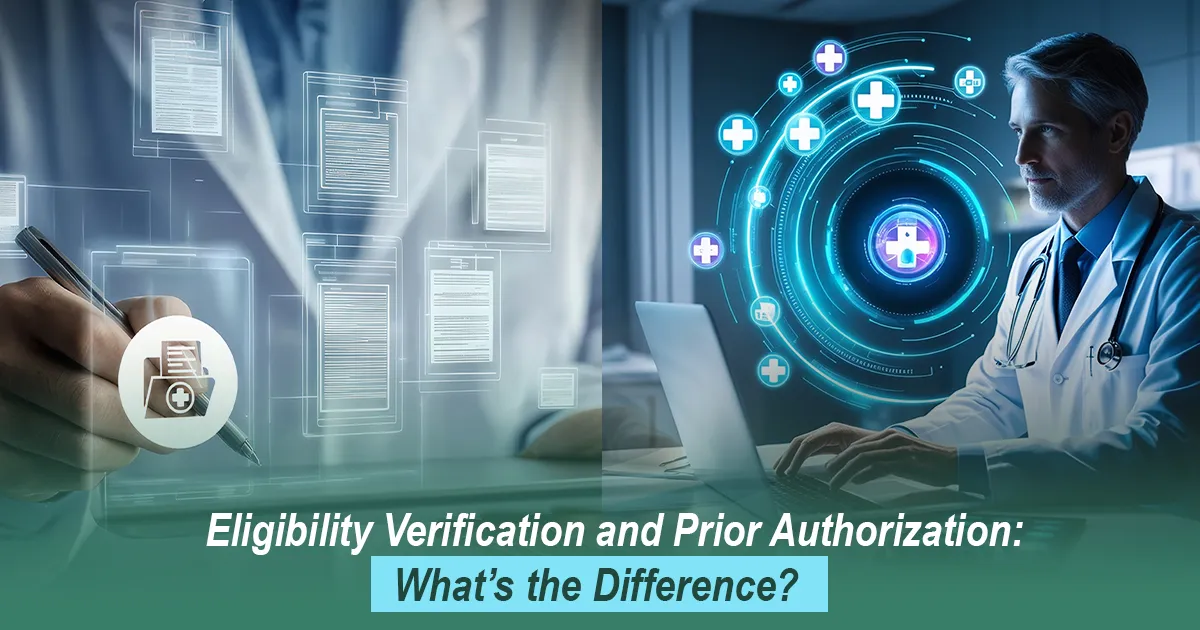
Posted Date: Jul 04, 2025
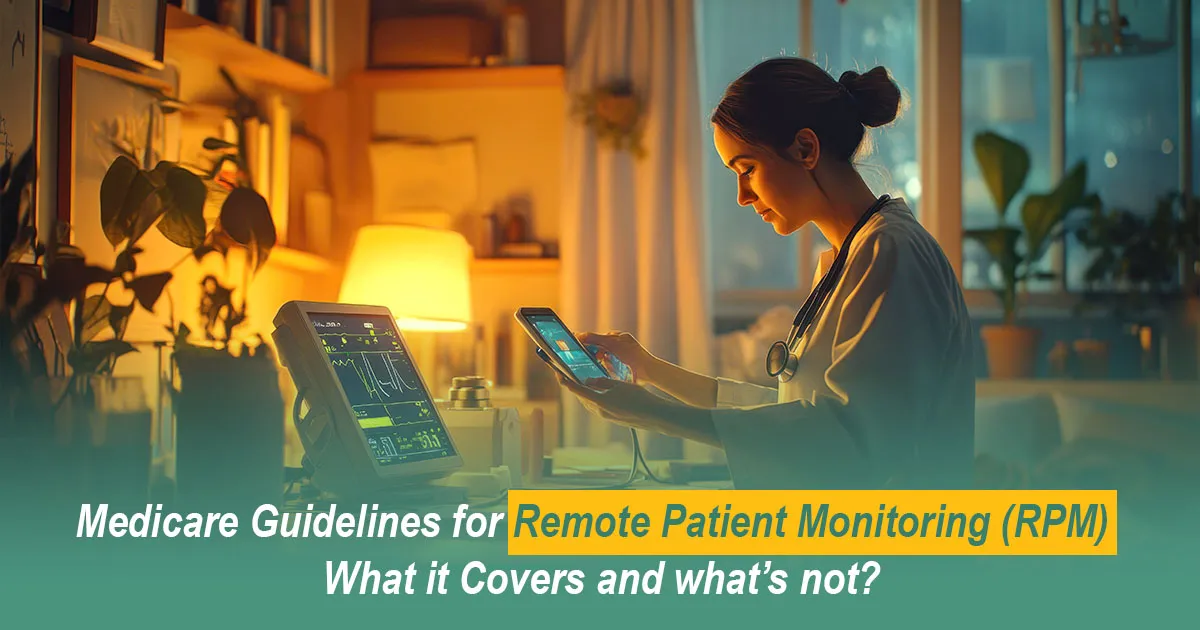
Posted Date: Jul 07, 2025

Posted Date: Jul 09, 2025
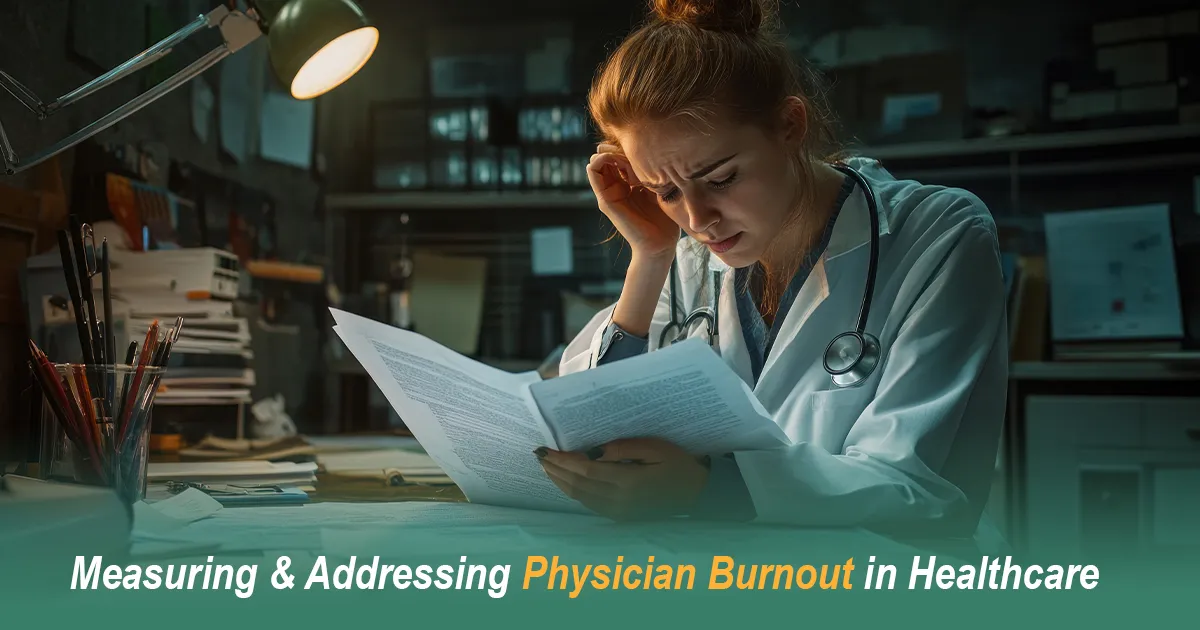
Posted Date: Jul 11, 2025

Posted Date: Jul 14, 2025

Posted Date: Jul 16, 2025

Posted Date: Jul 18, 2025

Posted Date: Jul 22, 2025

Posted Date: Jul 23, 2025
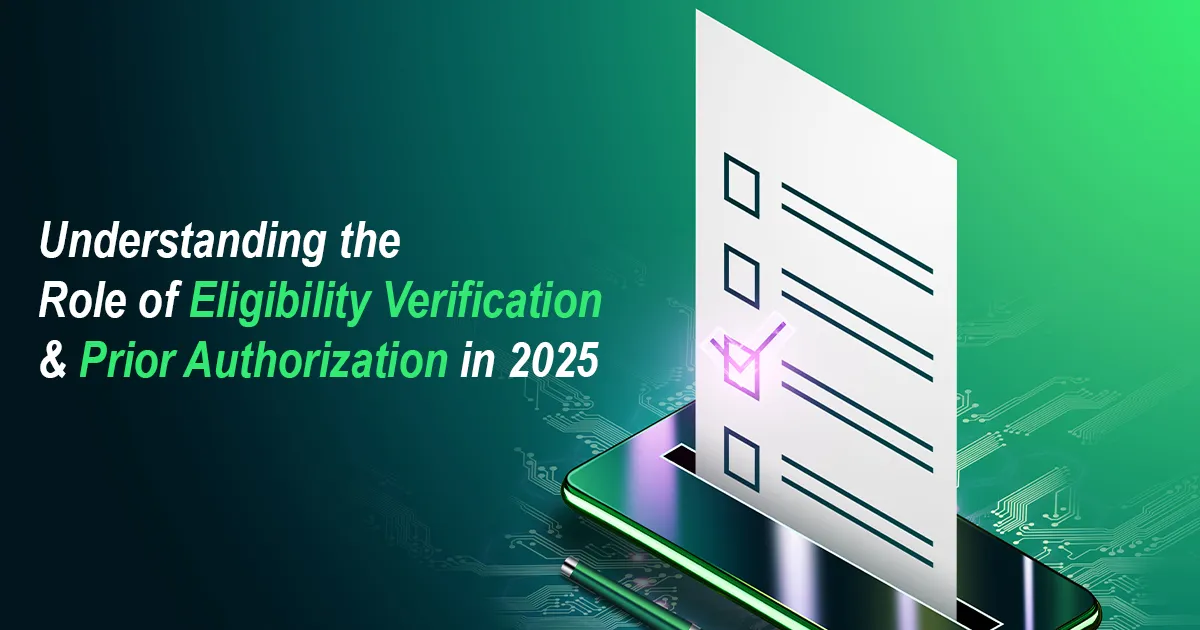
Posted Date: Jul 25, 2025
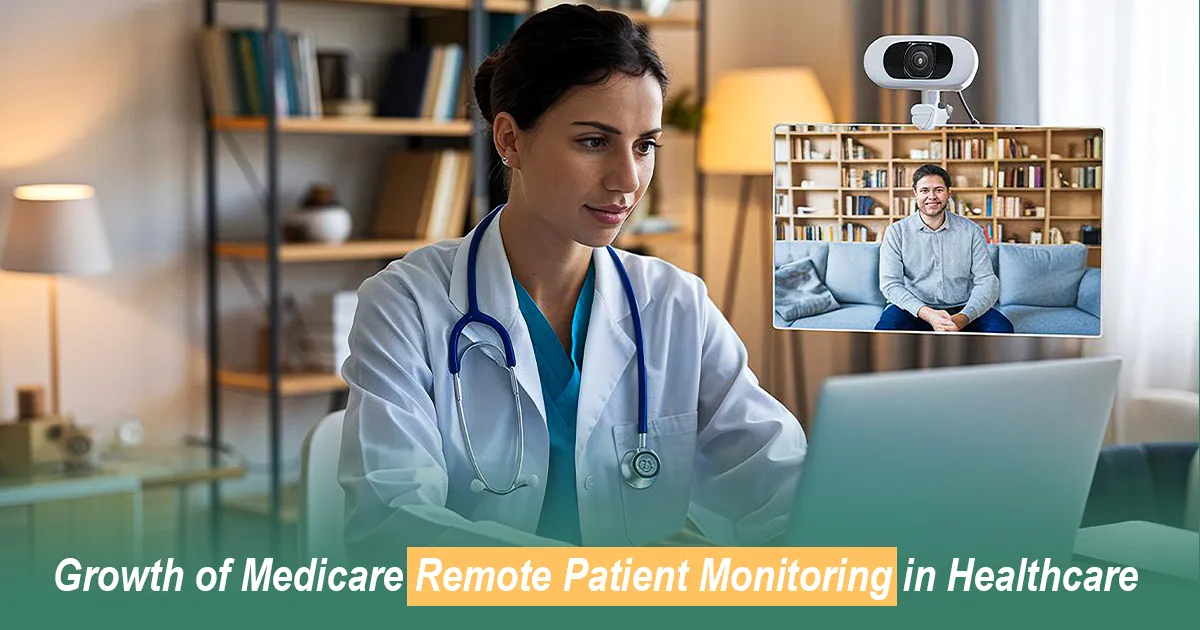
Posted Date: Jul 28, 2025

Posted Date: Aug 01, 2025

Posted Date: Aug 04, 2025

Posted Date: Aug 06, 2025
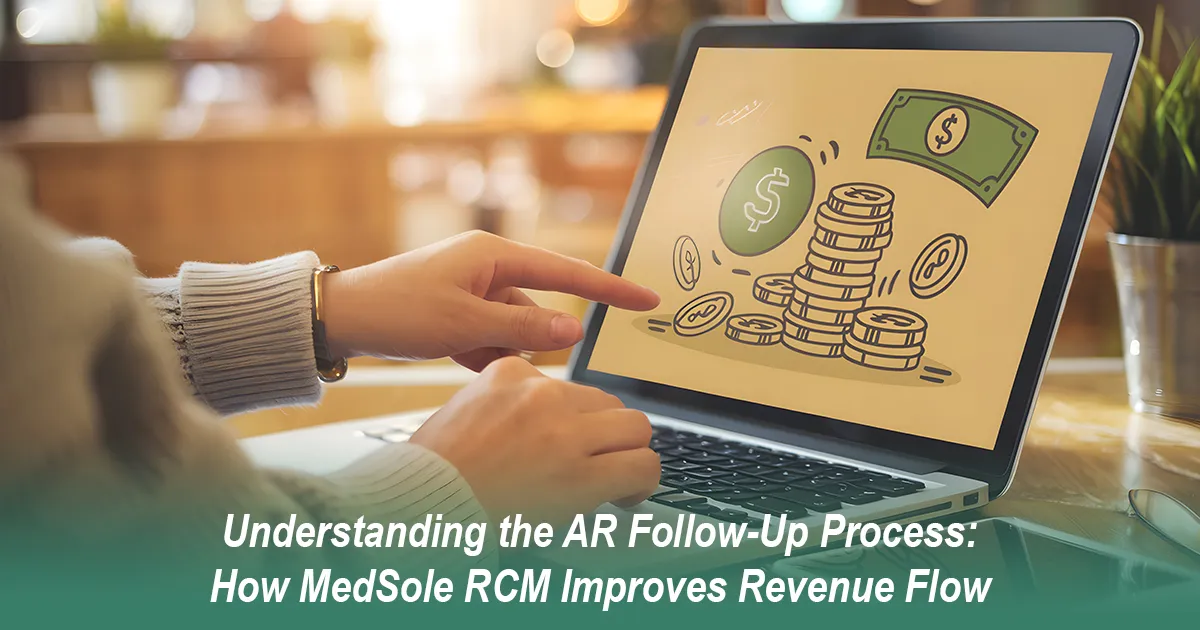
Posted Date: Aug 08, 2025
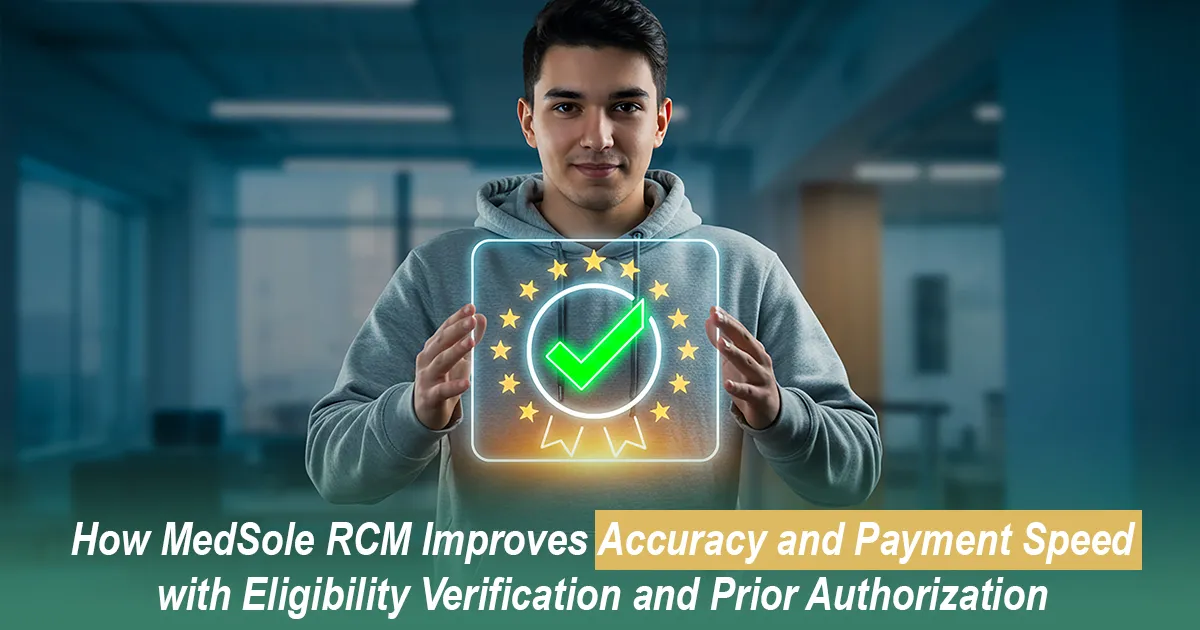
Posted Date: Aug 11, 2025
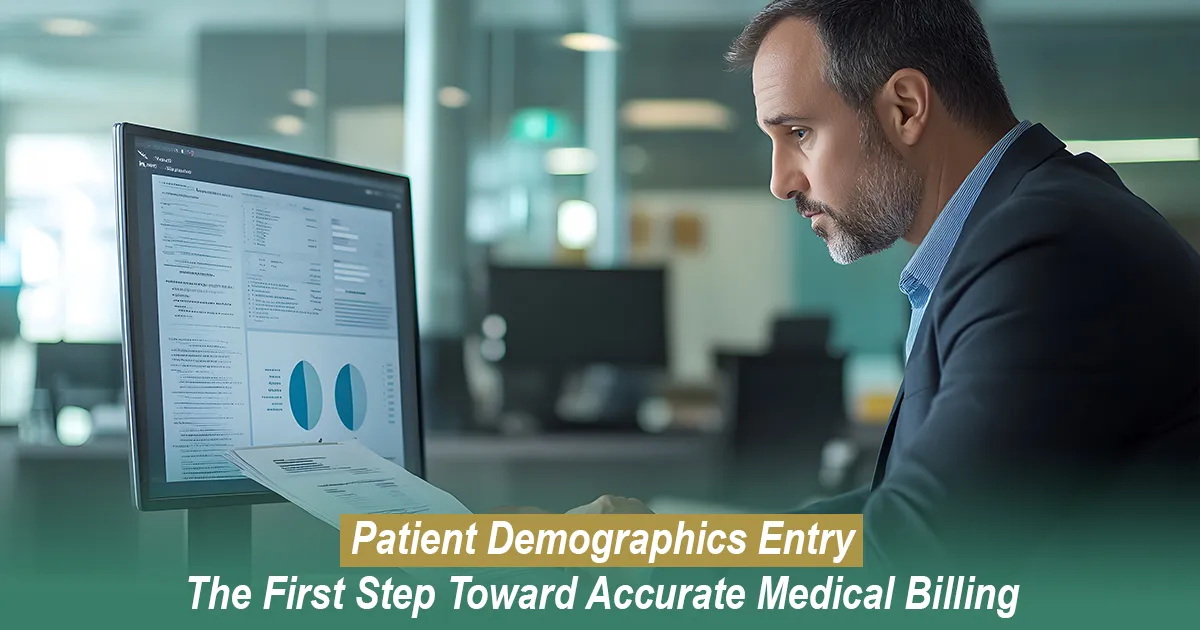
Posted Date: Aug 14, 2025

Posted Date: Aug 18, 2025
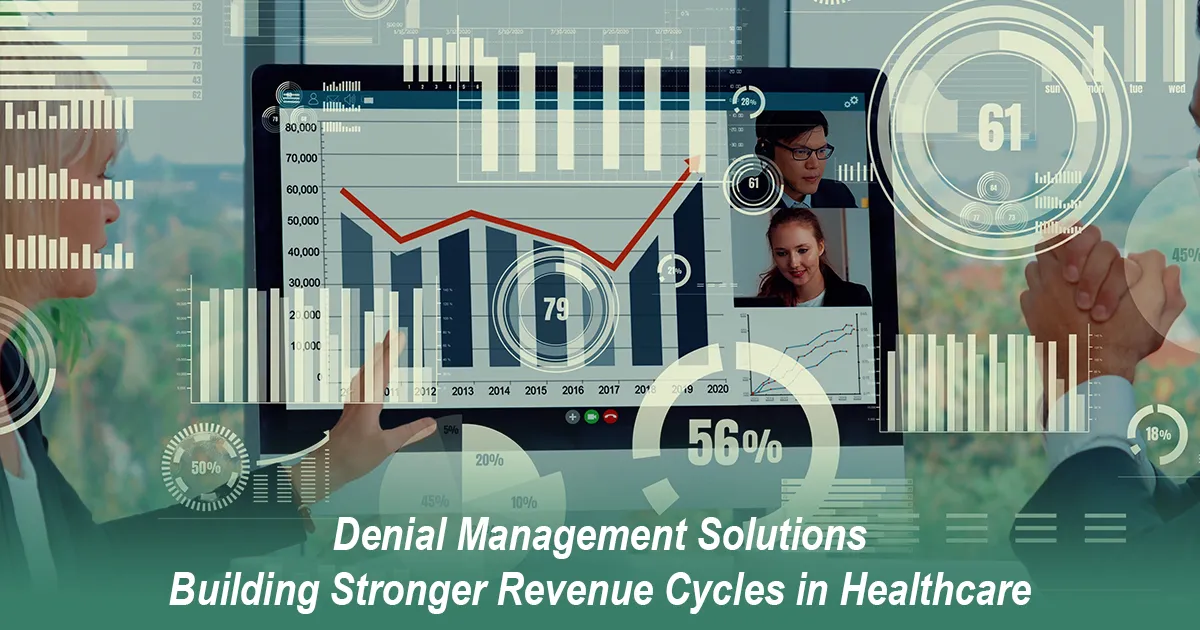
Posted Date: Aug 20, 2025
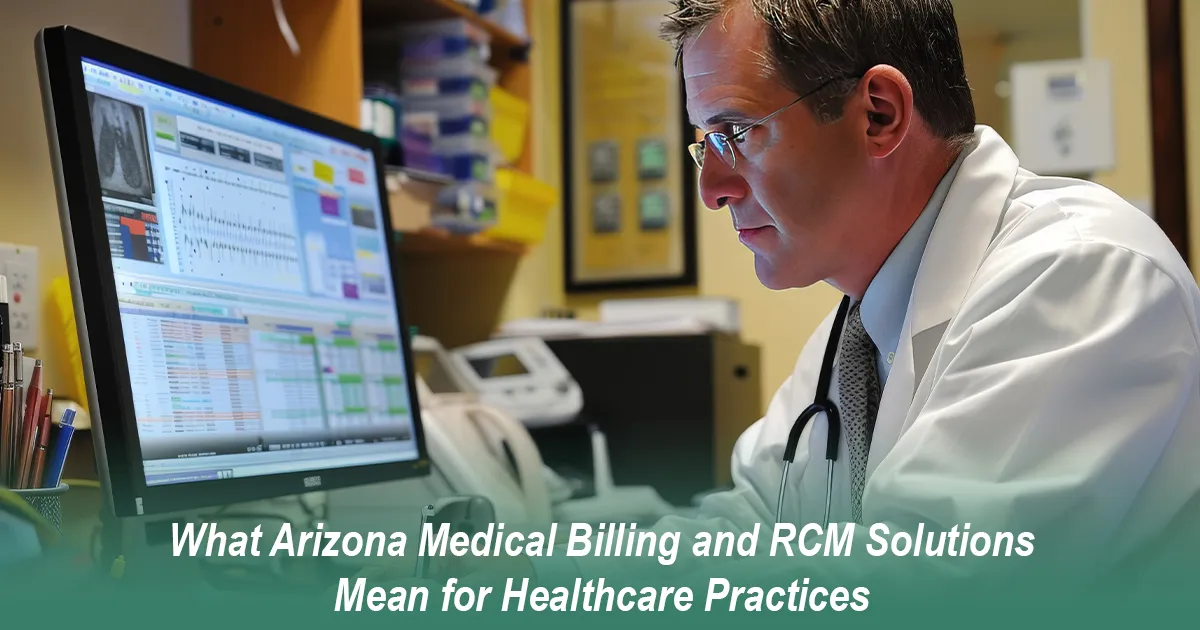
Posted Date: Aug 25, 2025
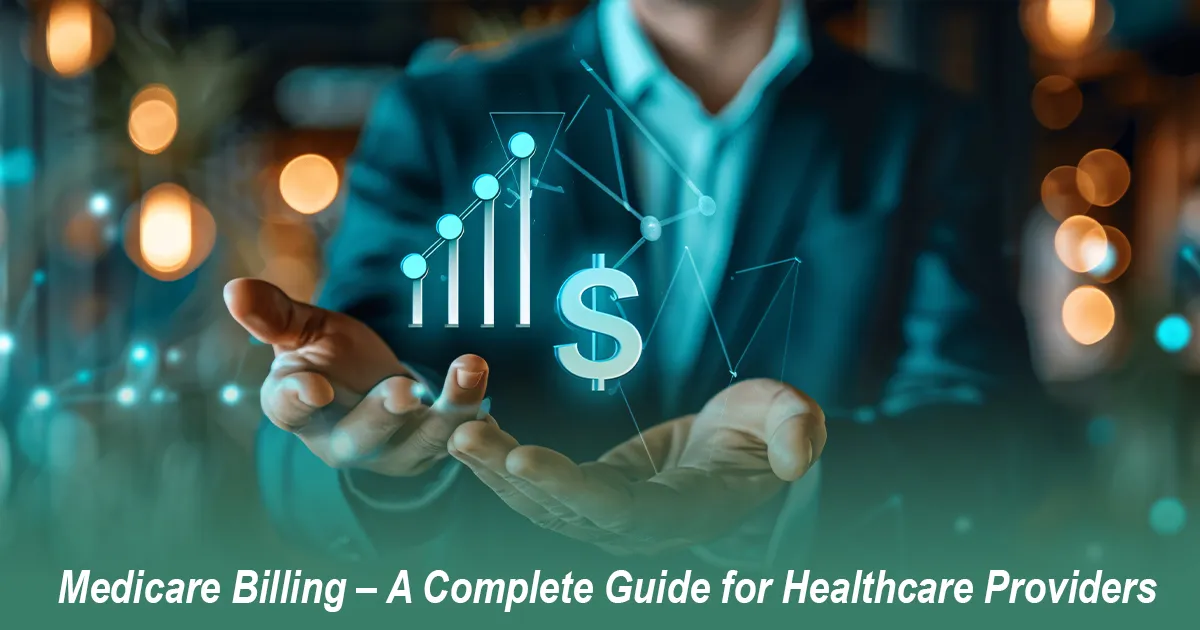
Posted Date: Aug 27, 2025
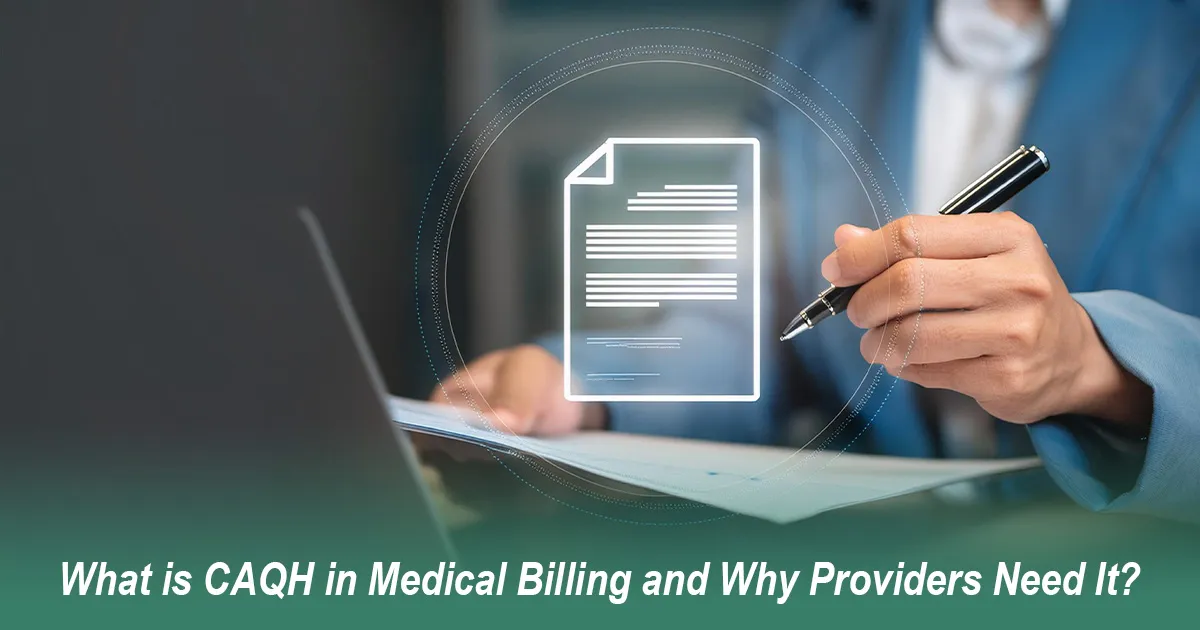
Posted Date: Aug 29, 2025
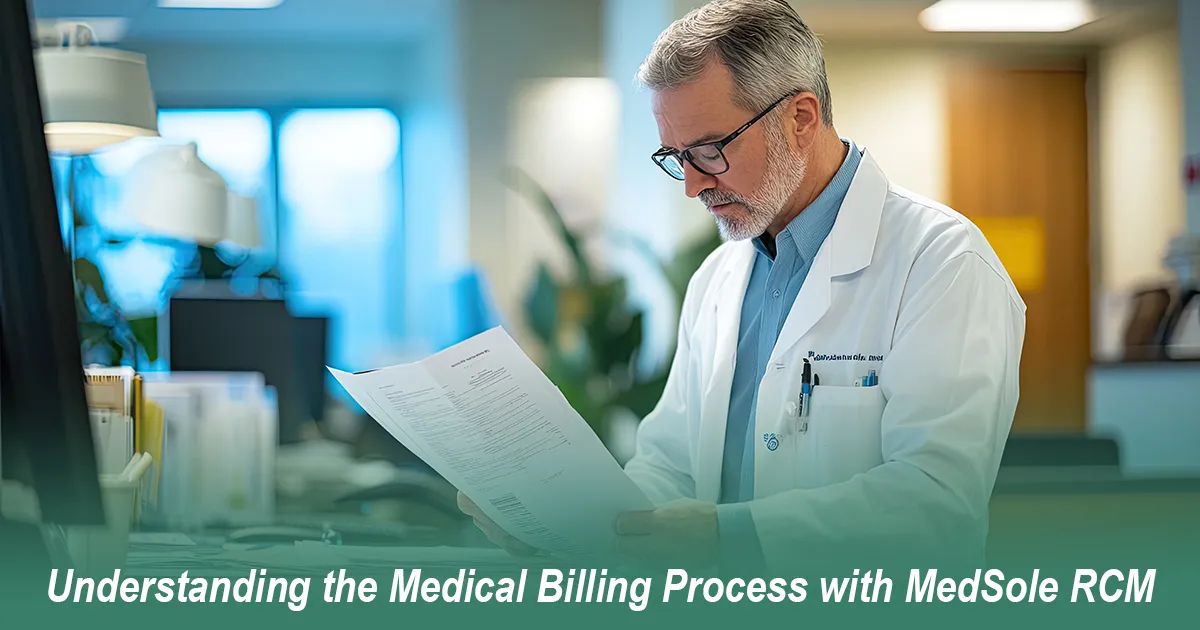
Posted Date: Sep 03, 2025

Posted Date: Sep 05, 2025

Posted Date: Sep 08, 2025

Posted Date: Sep 15, 2025
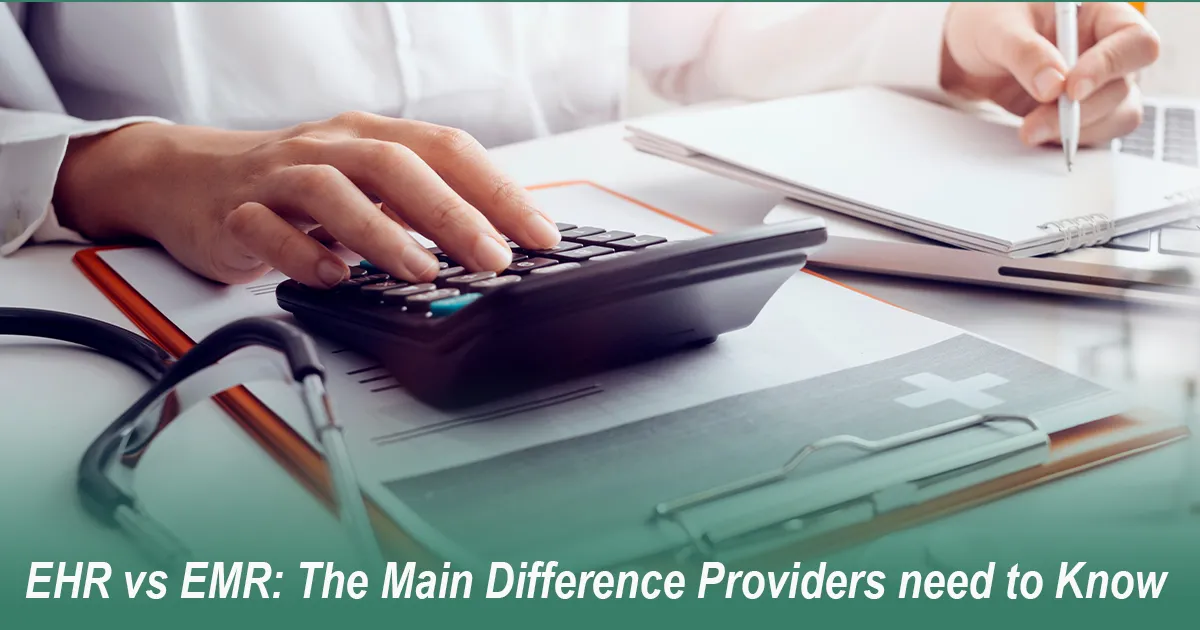
Posted Date: Sep 18, 2025

Posted Date: Sep 22, 2025

Posted Date: Sep 24, 2025

Posted Date: Sep 26, 2025
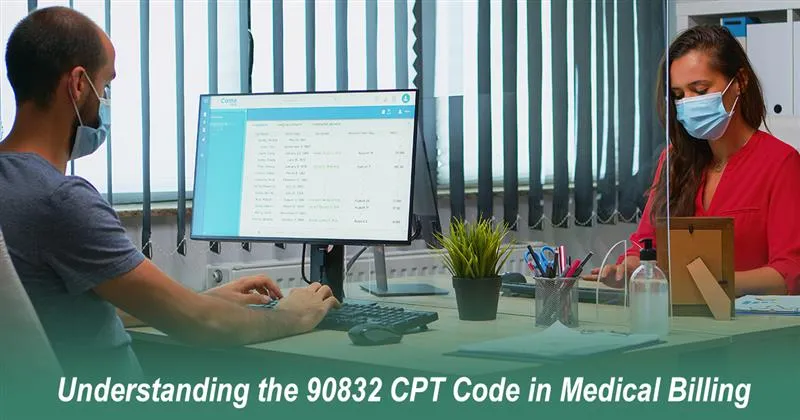
Posted Date: Sep 29, 2025

Posted Date: Oct 02, 2025
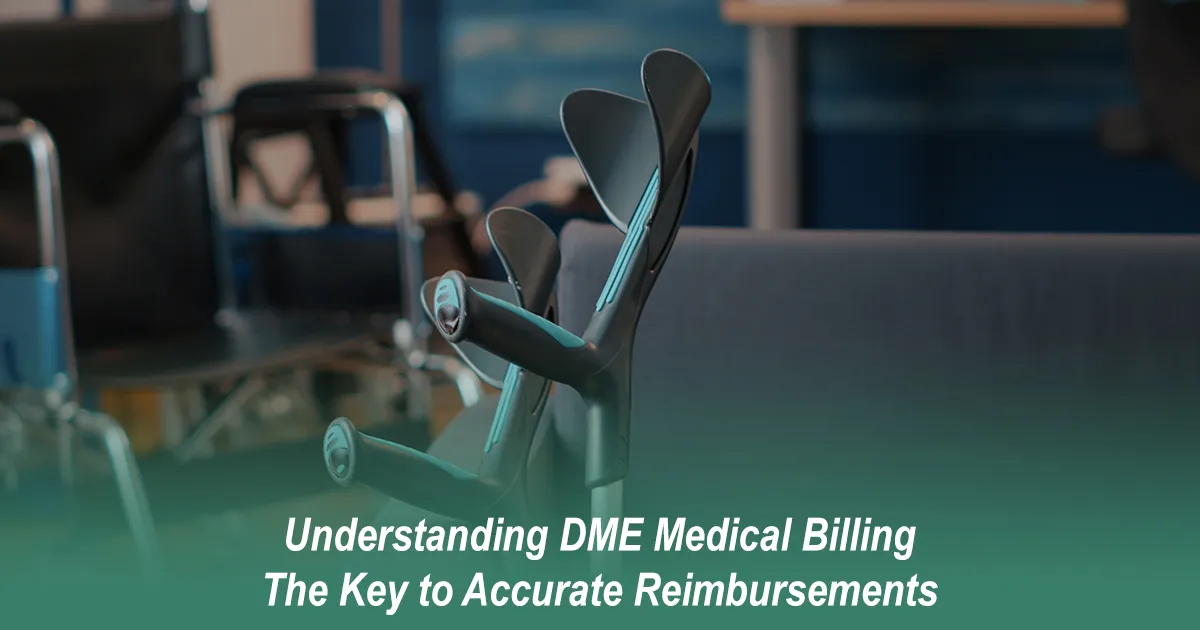
Posted Date: Oct 13, 2025

Posted Date: Oct 16, 2025

Posted Date: Oct 23, 2025
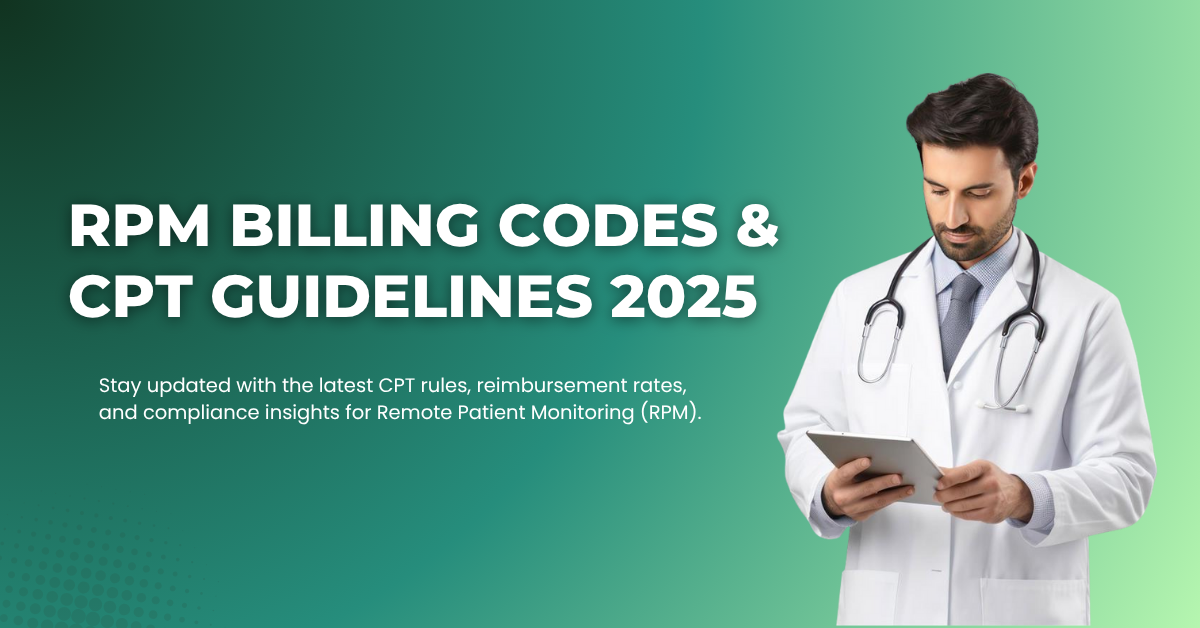
Posted Date: Oct 27, 2025

Posted Date: Oct 28, 2025
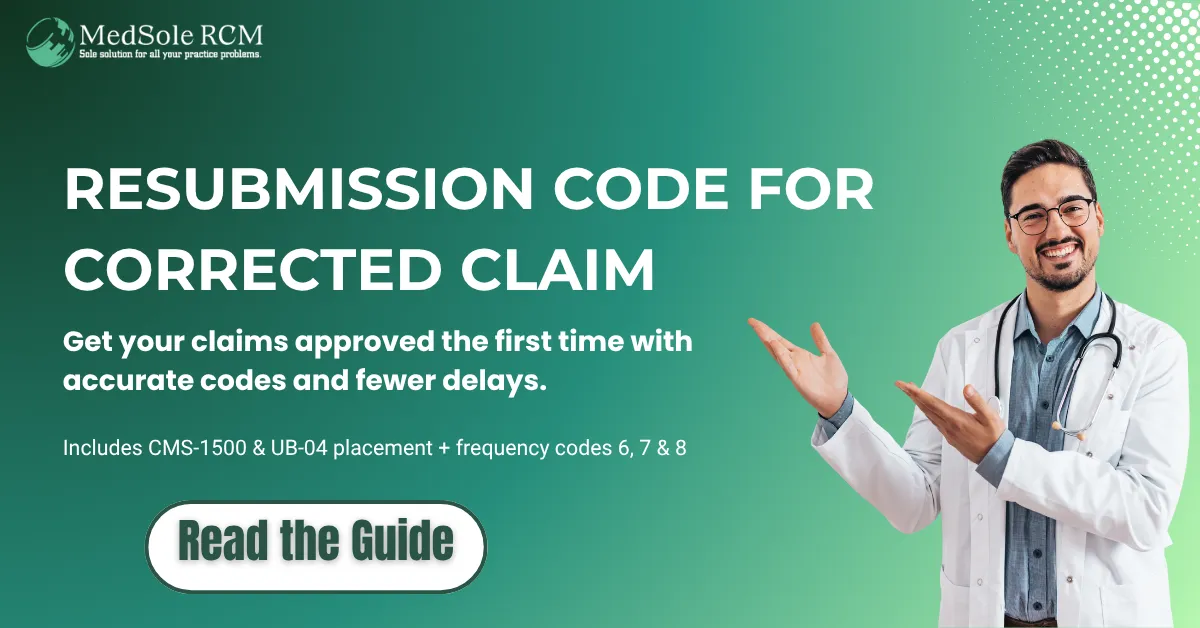
Posted Date: Oct 30, 2025
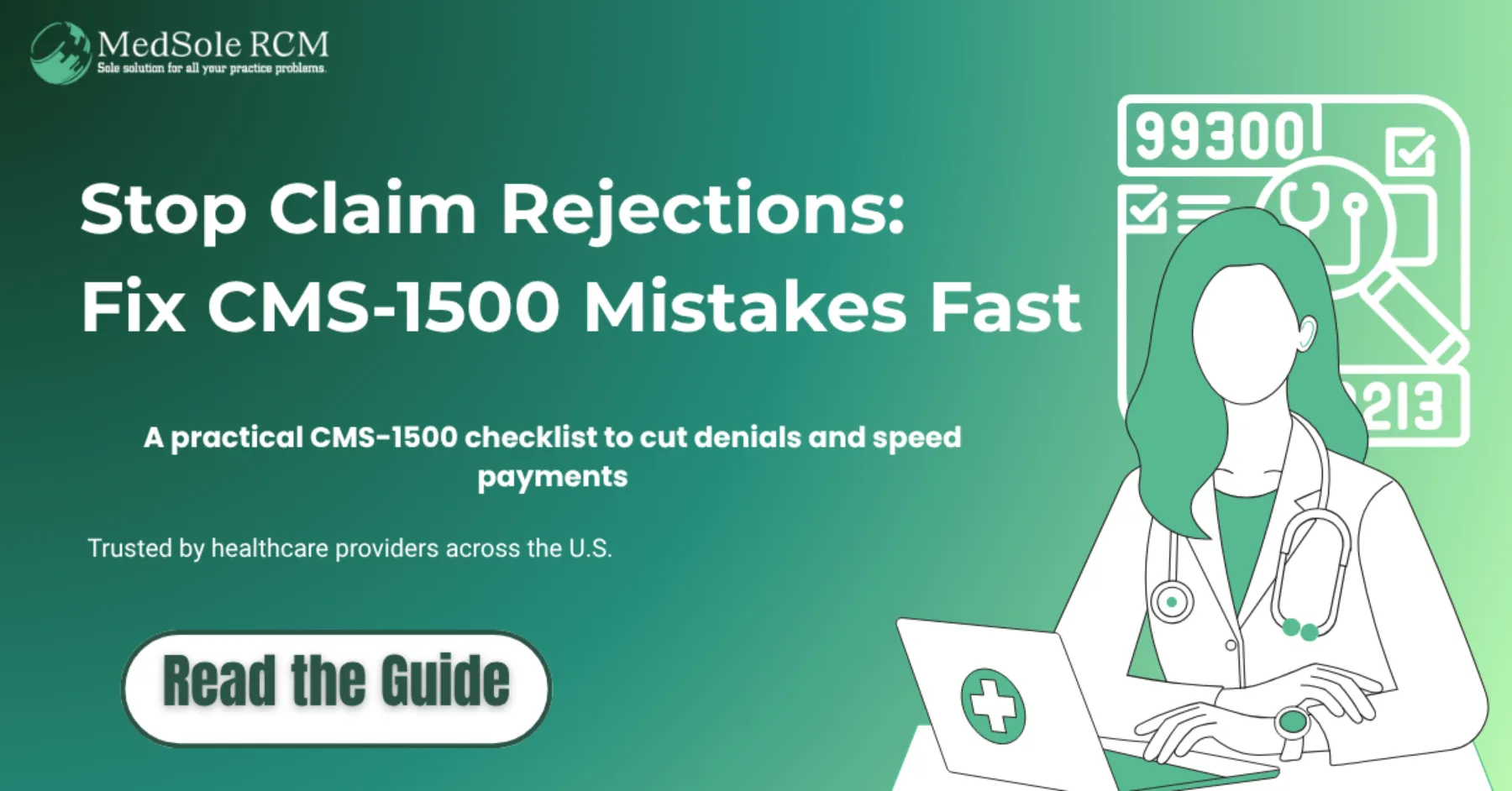
Posted Date: Oct 31, 2025
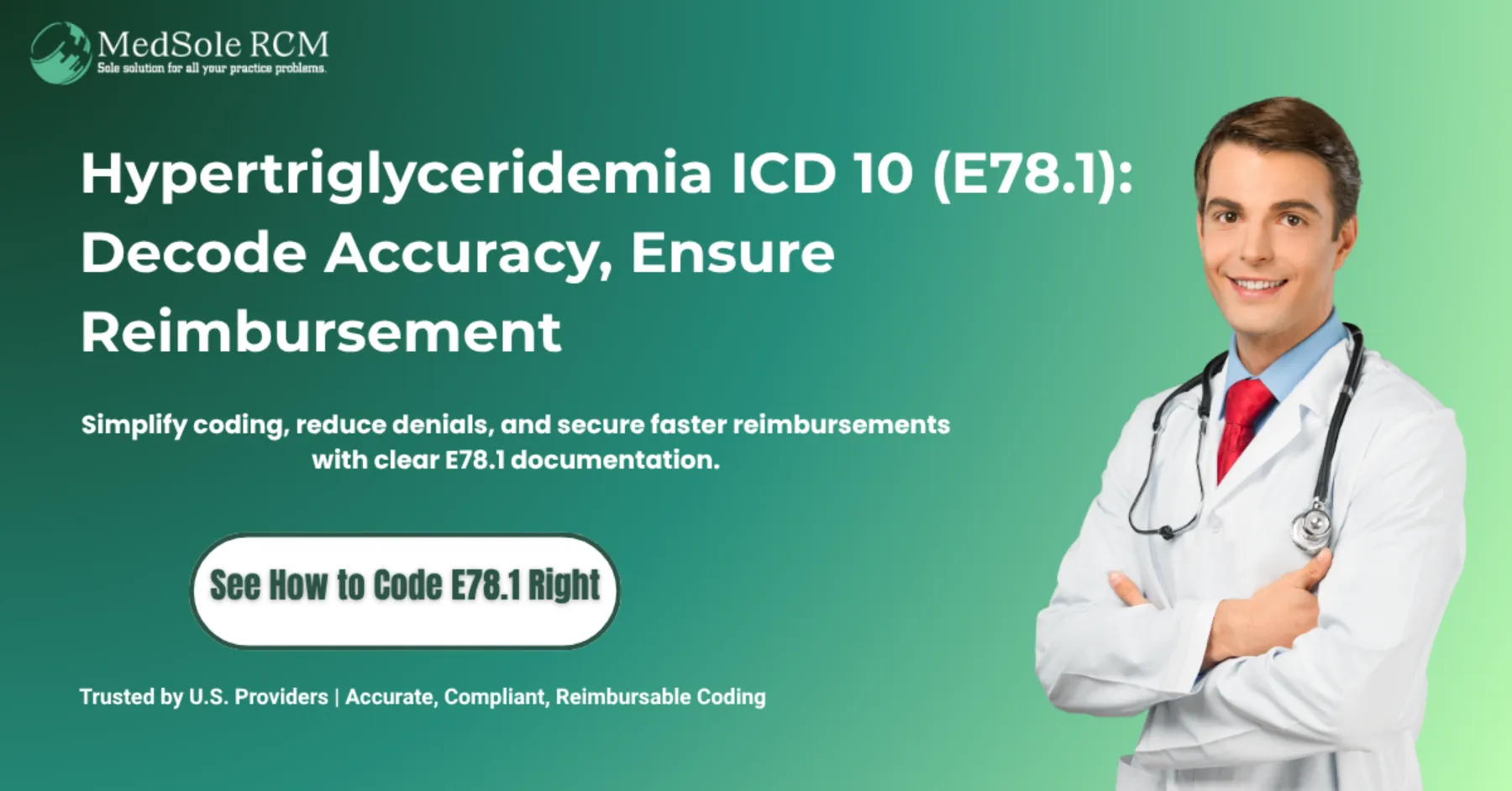
Posted Date: Nov 03, 2025
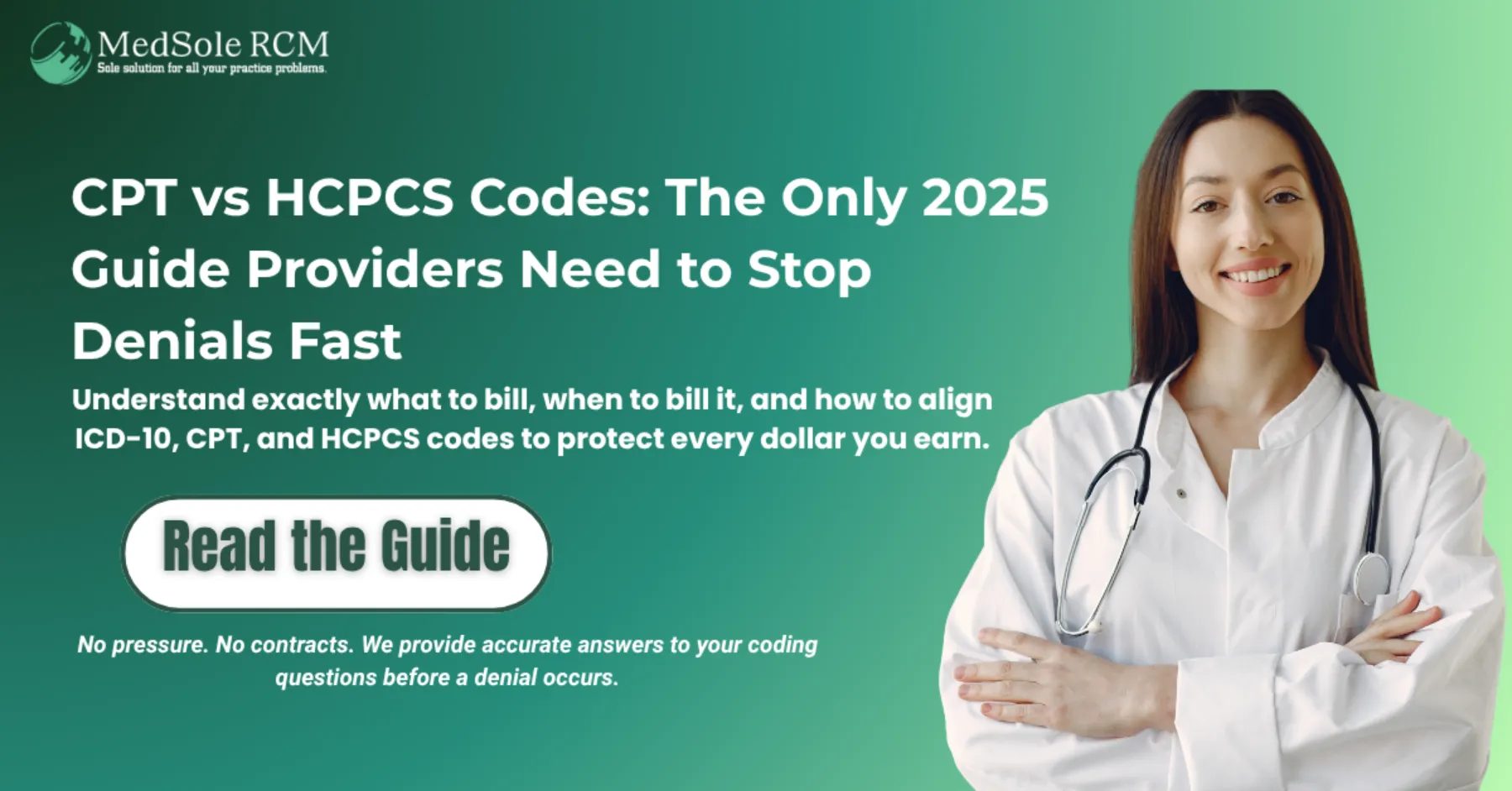
Posted Date: Nov 05, 2025
_11zon.webp)
Posted Date: Nov 11, 2025
.webp)
Posted Date: Nov 14, 2025